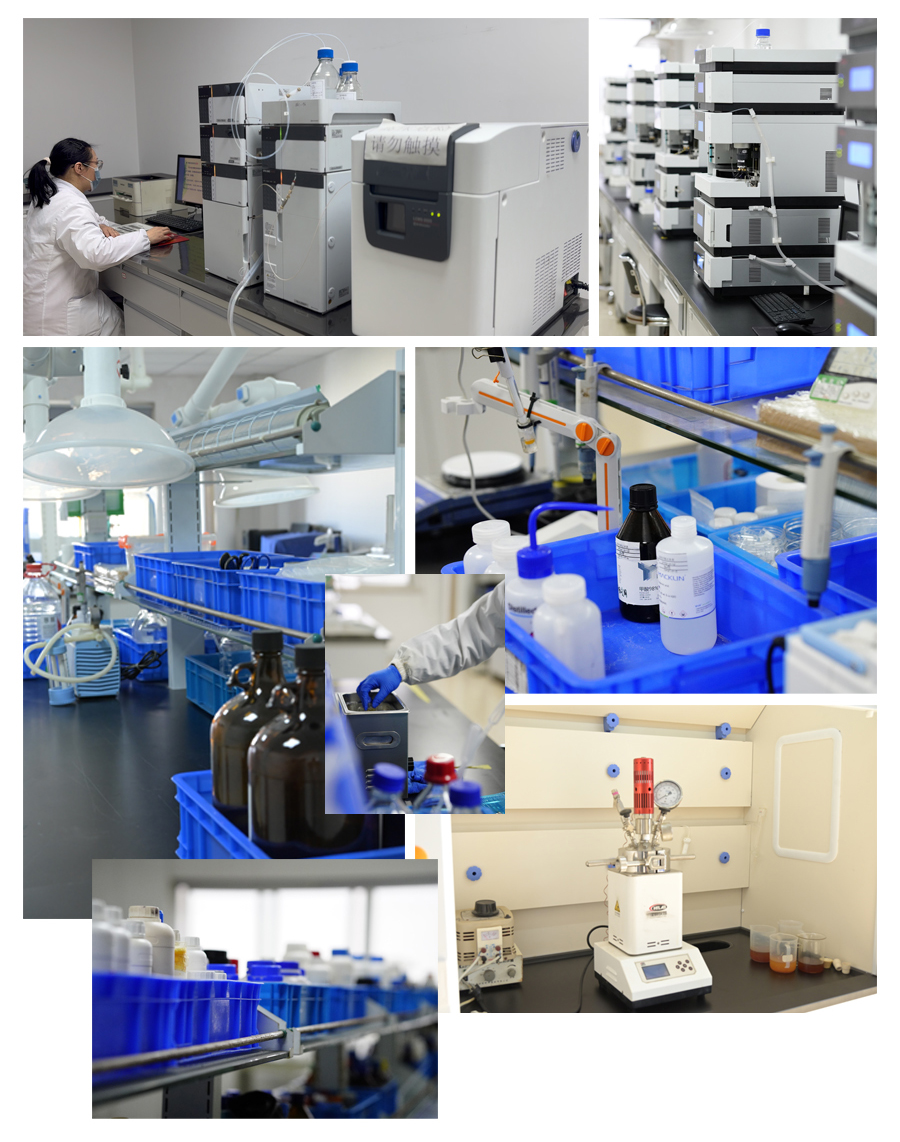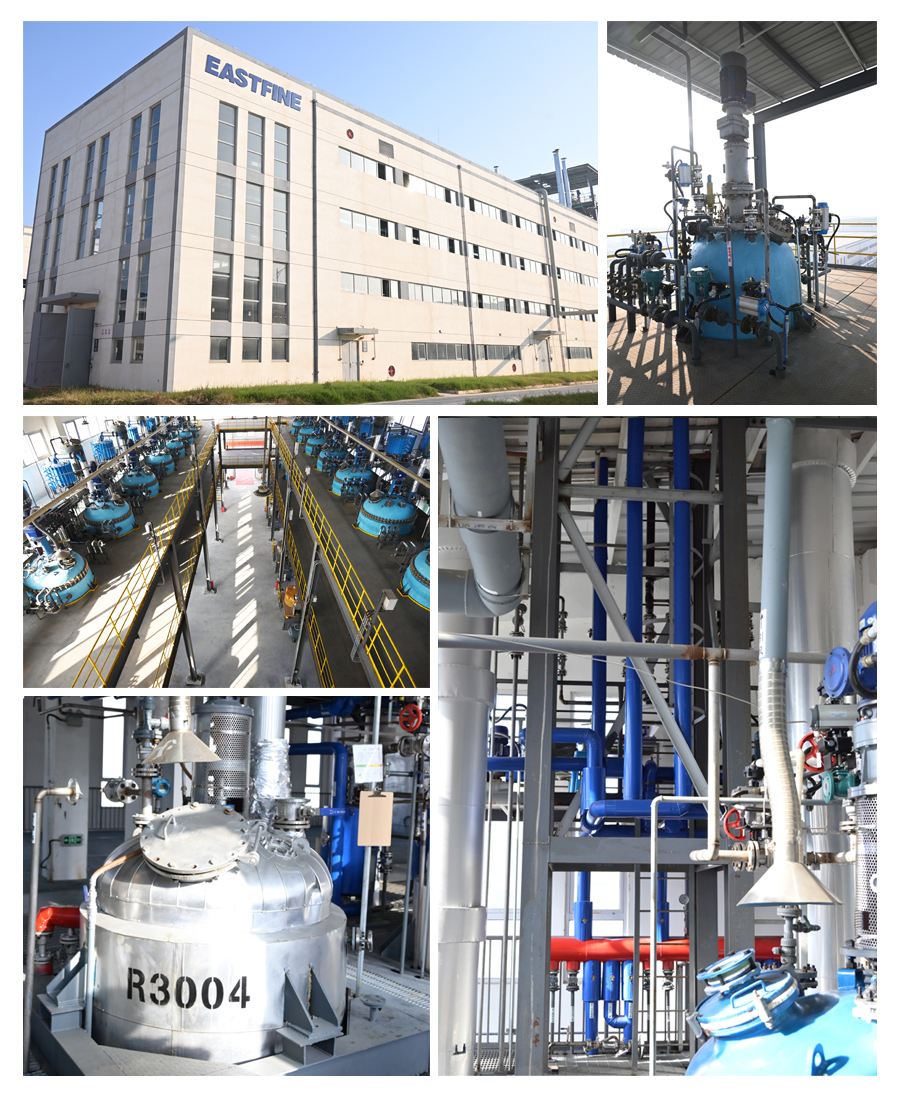| Availability: | |
|---|---|






Product Description
We are a pharmaceutical intermediate manufacturer of 4-Bromo-2-fluorobenzaldehyde.
Its CAS No. is 57848-46-1
Our pharmaceutical intermediates can be used in a variety of APIs.
Product Category | Custom Synthetic Intermediates |
CAS NO | 57848-46-1 |
Product Specifications | Melting point: 58-62 °C (lit.) Boiling point: 42°C 19mm Density: 1.6698 (rough estimate) Storage temp.: Keep in dark place,Sealed in dry,Room Temperature |
Office Environment

Laboratory

Workshop/Warehouse

Certificate

4-Bromo-2-fluorobenzaldehyde is produced by EASTFINE , and we are in charge of overseas selling . Not just trading compamy .
China,America,Brazil,England,Russia,Poland,India,Pakistan,NewZealand,Korea,Australia,Dubai,Turkey,Indonesia,UAE.
yes , you can have 1 4-Bromo-2-fluorobenzaldehyde sample for starting the business , but it is not free
please contact sale team for detail .
4-Bromo-2-fluorobenzaldehyde (CAS 57848-46-1) is an aromatic aldehyde with molecular formula C₇H₄BrFO. This pale yellow crystalline solid features both bromine and fluorine substituents on the benzene ring adjacent to the formyl group, making it a versatile building block for pharmaceutical and materials chemistry applications.
The compound typically appears as light yellow crystals or powder with a molecular weight of 203.01 g/mol. It has a melting point range of 60-63°C and shows good solubility in common organic solvents like ethanol, acetone, and dichloromethane. The aldehyde group gives it a characteristic aromatic odor, and it should be handled with care due to potential volatility.
For maximum stability, store in airtight amber glass containers under inert atmosphere at 2-8°C. The material is sensitive to air and light exposure, which may cause oxidation of the aldehyde group. Properly stored, it maintains stability for at least 24 months. Keep away from strong oxidizers and reducing agents.
This bifunctional compound serves as a key intermediate in medicinal chemistry, particularly for synthesizing fluorinated drug candidates. The aldehyde group enables condensation reactions to form imines or hydrazones, while the bromine atom participates in cross-coupling reactions. It's especially valuable in developing kinase inhibitors and CNS-active compounds.
The compound may cause skin and eye irritation. Use appropriate PPE including nitrile gloves, safety goggles, and proper ventilation. Avoid inhalation of dust or vapors. In case of contact, immediately flush affected areas with water for at least 15 minutes. The material is combustible and should be kept away from heat sources.
Quality control includes HPLC analysis (typically ≥97% purity), melting point determination, and spectroscopic methods. FTIR confirms the aldehyde carbonyl stretch (~1690 cm⁻⊃1;), while ⊃1;H NMR shows characteristic aldehyde proton at ~10 ppm. Elemental analysis may be used for comprehensive characterization.
The strategic placement of halogen substituents creates multiple reactive sites for selective functionalization. The fluorine enhances electrophilicity of the aldehyde group, while the bromine enables transition metal-catalyzed couplings. This combination allows efficient synthesis of complex fluorinated architectures.
The compound is commercially available through specialty chemical suppliers in quantities ranging from grams to kilograms. Many suppliers provide certificates of analysis with each batch. Custom synthesis and purification services are often available for specific research requirements.